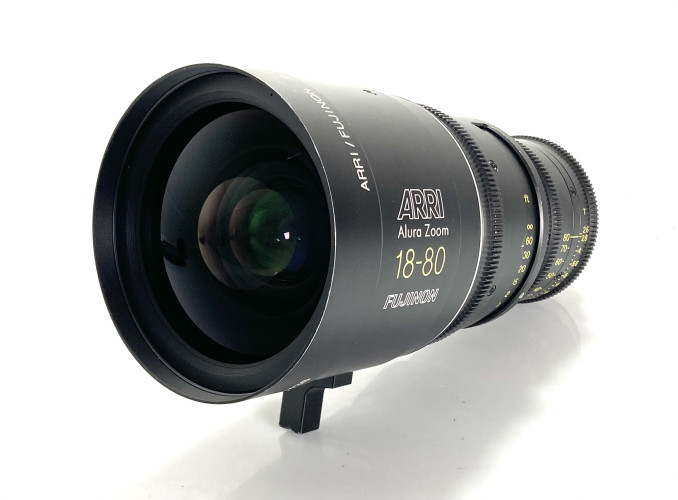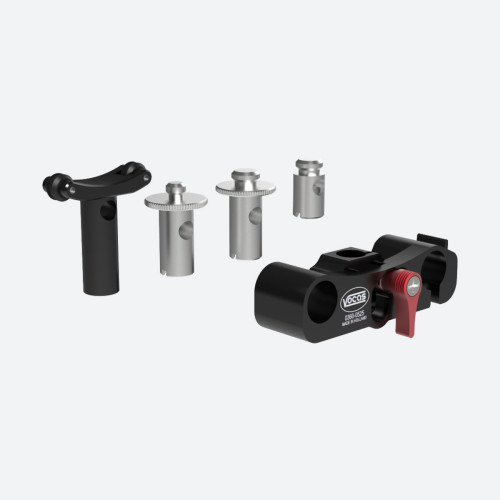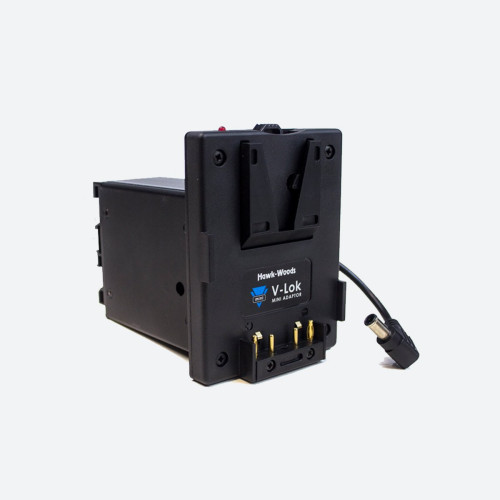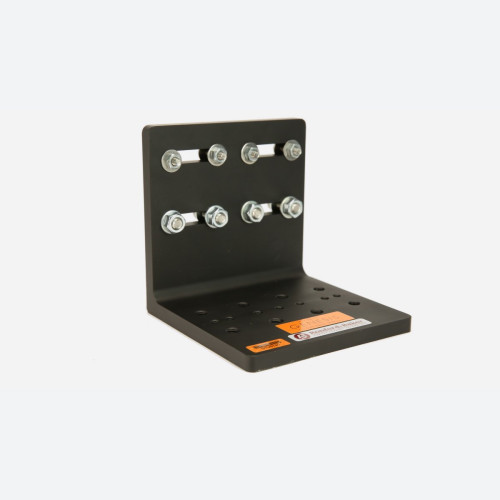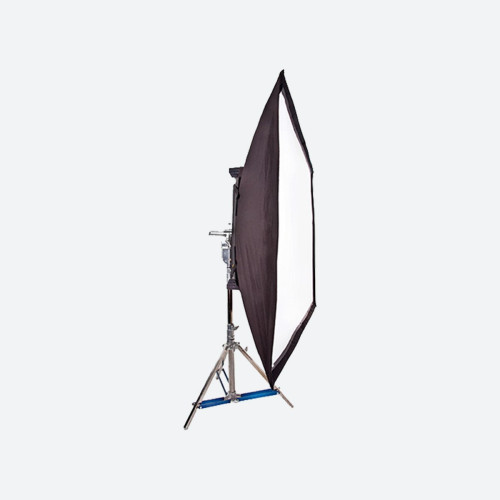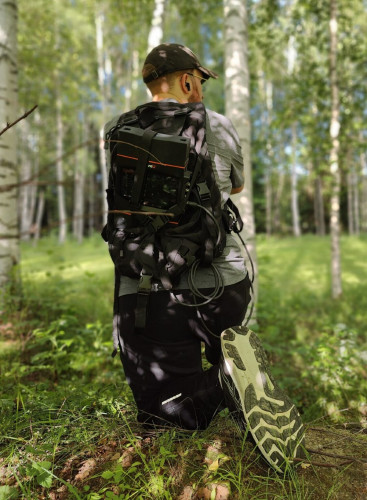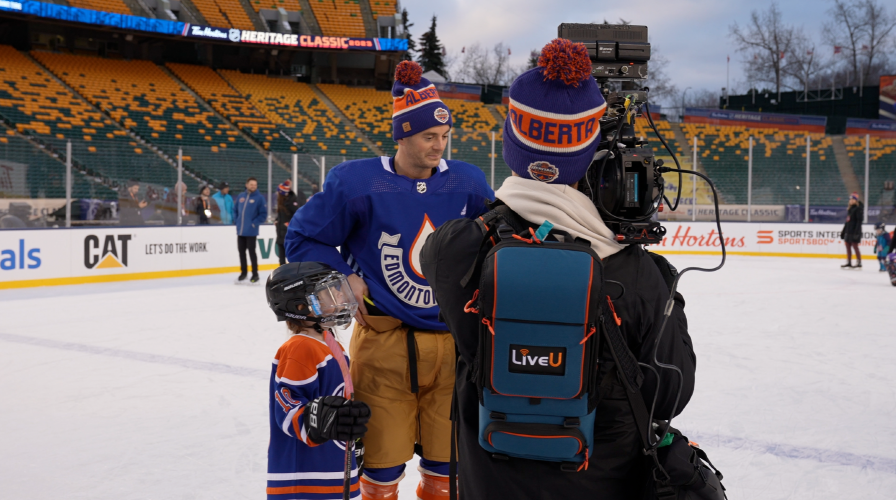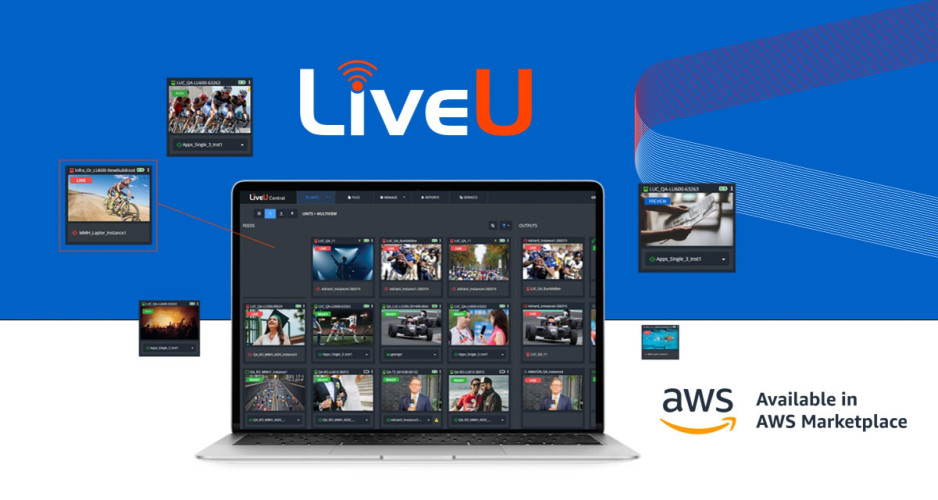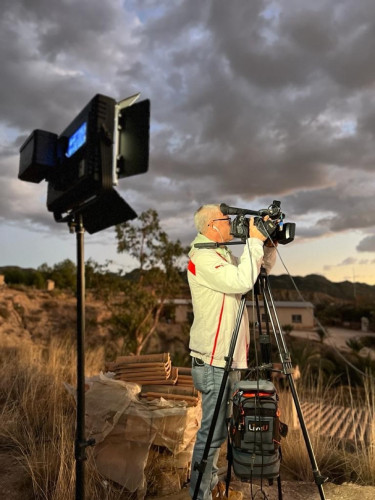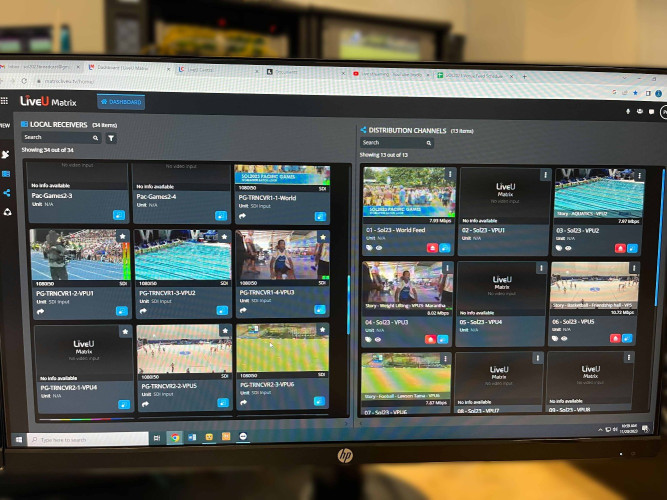by Erwan Gasc Issue 99 - March 2015
1. What advantage do 3G/4G cellular wireless networks provide to broadcasters over satellite networks?
For many years, satellite was the primary approach for real-time video delivery within the broadcast industry. That changed with the explosion of the Internet and second-screen devices like smartphones and tablets. As a global 3G and 4G cellular wireless network infrastructure was built to address the growing consumer demand for voice and data services, these networks have emerged as the ideal method for sending live video signals because they are more flexible, affordable, and easy to use compared with satellite.
Prior to 3G/4G networks, delivering live news coverage over satellite was far more expensive. In addition, setting up and deploying satellite vans is much more complex and time-consuming. Now that 3G/4G cellular wireless networks have been deployed all over the world, broadcasters can deliver the same amount of content, with the same video quality, at a fraction of the cost of satellite.
2. Describe the development and current status of 3G/4G cellular wireless networks around the world.
3G/4G cellular wireless networks are available in all corners of the world. When broadcasters are reporting on a news story in a small town, they can easily tap into 3G/4G networks in the area and find the bandwidth necessary to deliver high-quality video coverage. This is important because people today want to be abreast of news as and when it happens. As a broadcaster, if you\'re not able to provide timely news coverage, you will lose viewers and ultimately advertising dollars.
When AVIWEST launched its first video hybrid contribution systems in 2009, there were only 3G networks in existence. Since 3G networks were initially designed to support voice services, the bandwidth was limited; therefore, the quality of video that broadcasters could send was poor. AVIWEST saw that broadcasters needed a way to improve the video quality. That\'s why we created our DMNG (Digital Mobile News Gathering) system, which can detect and aggregate (bonding together) multiple IP-based networks (e.g., 3G, 4G, WiMax, WiFi, Ethernet, and satellite). By enabling broadcasters to take advantage of every IP network in their immediate vicinity as and when they become available, the DMNG system dramatically improves video quality for live television streams.
Since that time, 4G networks have popped up all over the world. 4G networks offer a much larger spectrum of bandwidth, making them perfect for live video applications.
3. Are most broadcasters using 3G/4G cellular wireless networks to deliver
live news or satellite?
Most broadcasters have embraced 3G/4G cellular wireless networks for live news because of the flexibility and affordability they provide. In fact, I would say that for 99 percent of applications, using 3G/4G networks is advantageous. Overall, satellite is just too expensive and complex to deploy.
However, in some instances, satellite is still needed. For example, major sporting events require that broadcasters send a crystal-clear HD signal. There cannot be variations in video quality due to the capacity changes of cellular networks, or this would lead to viewer dissatisfaction. If there are multiple broadcasters reporting on the sporting event and they are all relying on the same 3G/4G networks, the networks can become over saturated and there wouldn\'t be enough bandwidth to deliver good video quality. In this case, broadcasters can rely on satellite technology, which offers a greater - and guaranteed - bandwidth, in order to provide the video quality that viewers demand.
4. Can 3G/4G cellular wireless networks support Ultra HD and 4K?
Consumer demand for Ultra HD and 4K is increasing. We\'re entering into unchartered territory because 3G/4G cellular wireless networks weren\'t initially developed to support the bandwidth that is needed to deliver that level of video quality.
Thanks to new video compression technologies and the cellular network developments, the broadcast industry is getting closer to being able to offer Ultra HD and 4K content over 3G/4G networks. However, before this becomes a reality, I think we\'ll need to develop applications that enable bandwidth sharing.
5. What types of features should one be looking for in a video hybrid contribution system and why?
While in the field, it\'s hard for broadcasters to predict what kind of environmental, climatic, and network conditions they will be facing. Given these challenges, broadcasters need robust newsgathering solutions that are cost-effective, reliable, and flexible from anywhere in the world.
One of the unique features a broadcaster should look for is the ability to deliver live video and recorded files. Our DMNG system features multiple 3G or 4G modems with high gain custom antennas, an internal Wi-Fi modem, plus two USB ports into which two additional 3G/4G USB modems can be plugged to stream a live video or forward files over bonded wireless networks.
In addition to finding a system that features a wide range of functionality, broadcasters need to consider the design, too. When journalists are in remote locations, they need equipment that is lightweight, compact, easy to use and deploy. For example, our DMNG PRO video uplink system can be mounted on camera, in a newsgathering vehicle, or stashed in a backpack for extra flexibility.
6. In what types of applications should broadcasters utilize BGAN satellites for live video delivery?
Using Inmarsat\'s BGAN satellite network is ideal in instances where there is no Internet connection, the 3G/4G cellular wireless network connection is too poor to support video streaming, or in environments where deploying a Ka-band satellite van simply isn\'t an option.
For example, in a war zone like Syria, it is difficult to deploy satellite vans for safety reasons, and the Internet isn\'t reliable. This is a good example of where using a BGAN terminal comes in handy.
Another example that comes to mind was this past January when BGAN terminals were used by broadcasters during the rallies and demonstrations in Paris after the terrorist attack on Charlie Hebdo magazine. There were too many people crowded in the streets to use Ka satellite dishes, which are bigger and less easy to transport by journalists in the field, and the 3G/4G networks were flooded. If you wanted to send live video from these types of environments, you would need a video uplink system like our DMNG PRO with the BGAN terminal.
At the 2015 NAB Show, AVIWEST will showcase our DMNG PRO, now standard integrated with Cobham\'s EXPLORER 710 BGAN terminal, an ultra-portable satellite antenna. When used during satellite transmission, the Cobham antenna provides real-time information about the satellite\'s available bit rate, enabling the DMNG PRO to compress video content accordingly to ensure superior video quality.
7. Why is having a network management system important?
Typically, broadcasters have deployed a large number of transmitters. They need a dedicated tool that simplifies management of these devices. Our DMNG Manager server application enables broadcasters to monitor and manage an entire fleet of DMNG equipment including transmitters, smartphones with the DMNG APP, and studio receivers. By dramatically streamlining digital mobile newsgathering operations, a network management system provides significant time and cost savings.




